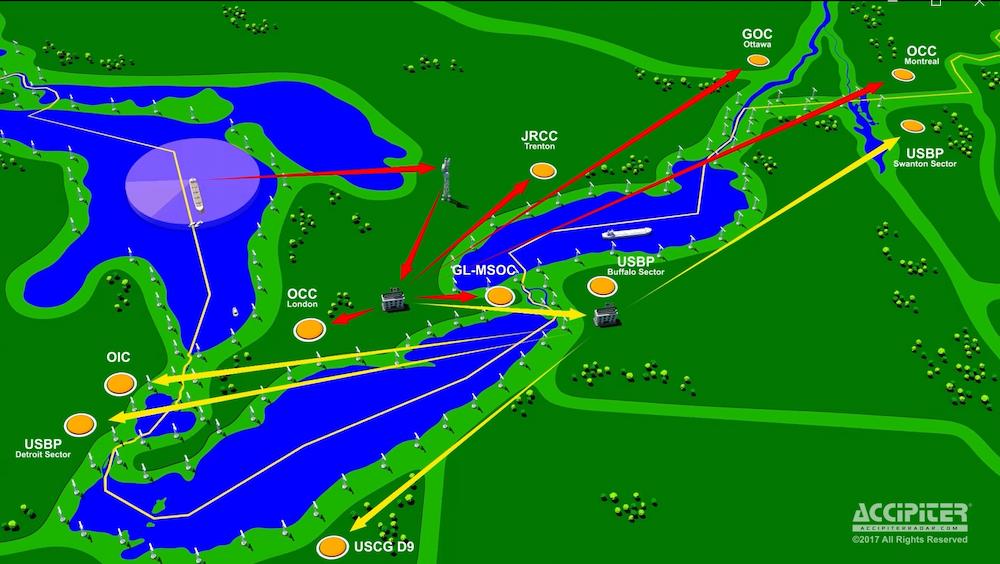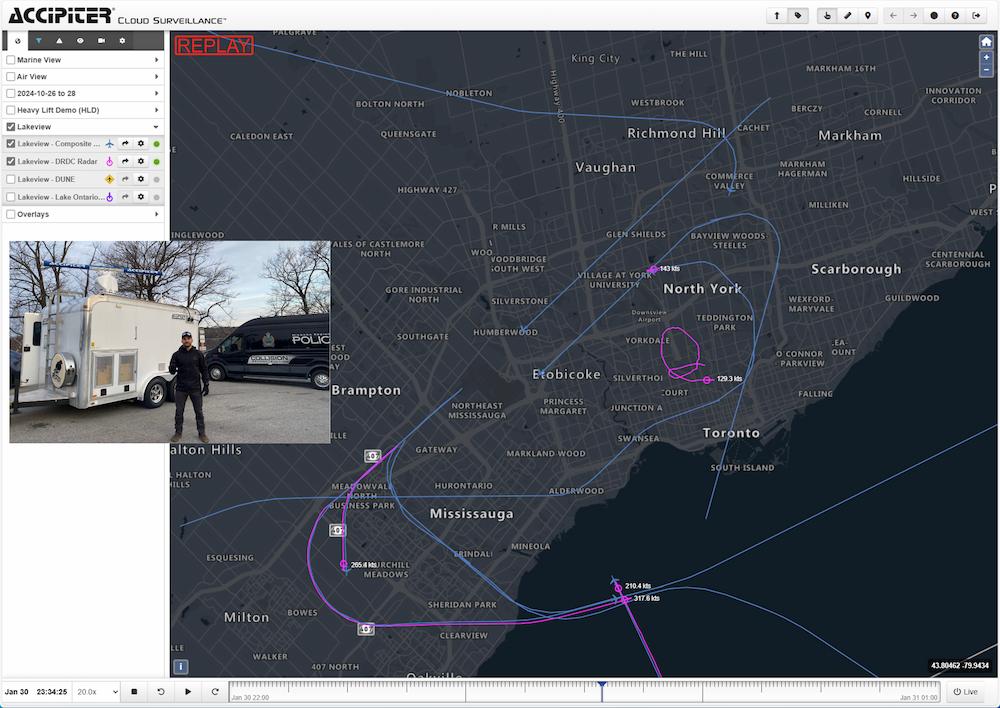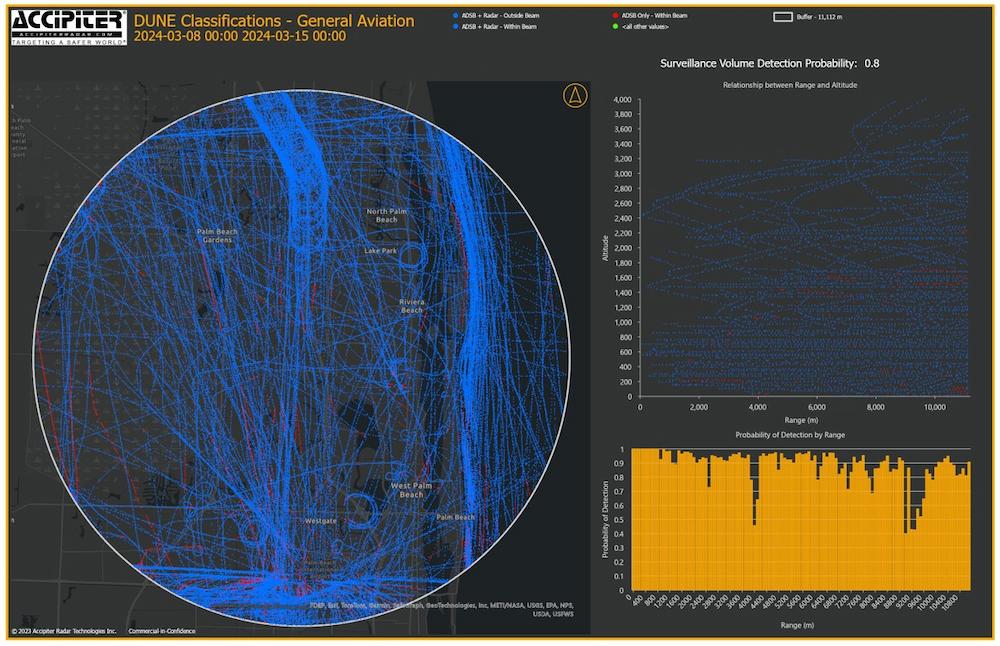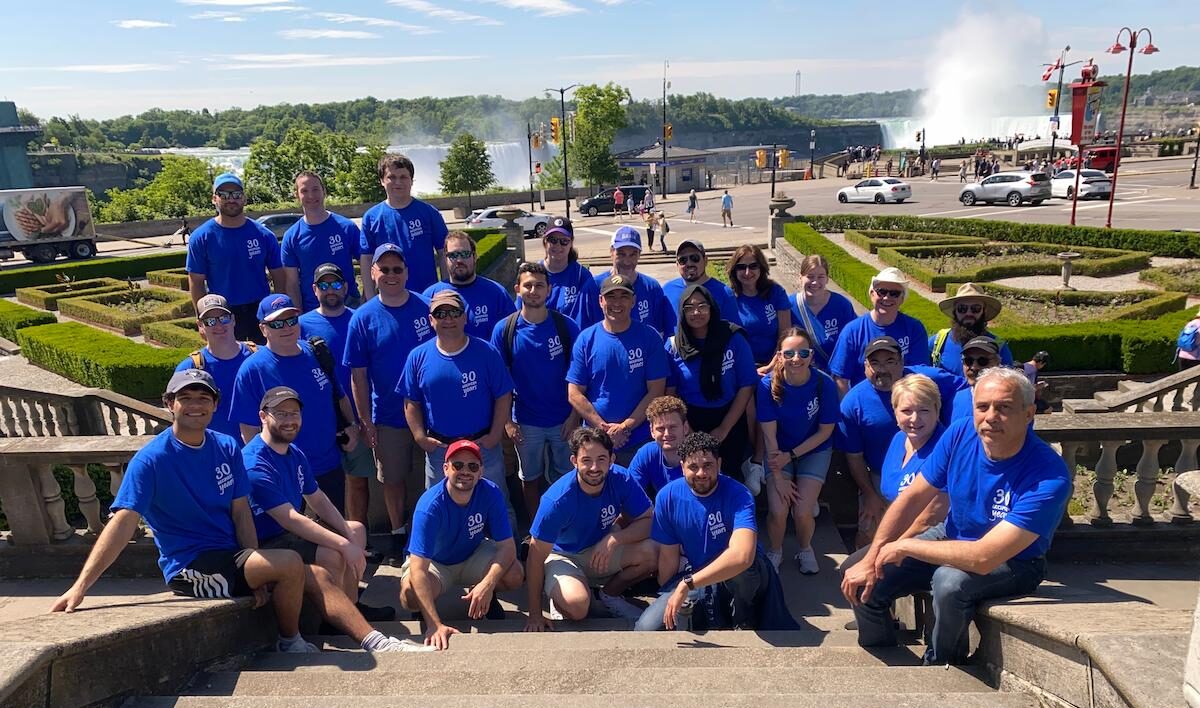The skies, seas and land have become increasingly crowded with both crewed and uncrewed vehicles. Accipiter Radar, a company whose very DNA is woven from decades of engineering expertise and a relentless commitment to safety across all domains, understands the urgent need for robust, adaptable safety systems. Under the leadership of President and CEO Dr. Tim J. Nohara, the company has become synonymous with multi-layered, sensor-agnostic surveillance solutions that protect lives, property and critical infrastructure.
Engineering Roots: The Tim Nohara Story
Nohara, a professional engineer with a background in electrical and computer engineering, spent his early career at Raytheon. Working in its advanced systems development group at the height of the Cold War, he contributed to the design of space-based, airborne, ground-based and naval surveillance radar systems and communication – cutting-edge work that later informed his approach to civilian safety and security.
As the Cold War ended and the defense sector faced contraction, Nohara’s innate entrepreneurial instincts took hold. In 1994, he founded Accipiter Radar with a singular vision: to redirect the power of military-grade “surveillance know-how to benefit humanity in peacetime applications.” The company’s foundation was built on a core team of engineers from his Raytheon days, many of whom remain with Accipiter to this day – a testament to both the culture and mission he has cultivated.
From Defense to Homeland: The Evolution

The early days of Accipiter Radar were marked by contract surveillance work for major defense contractors. But Nohara quickly recognized the broader potential of his team’s expertise. By the late 1990s, Accipiter was pioneering software-definable radar systems that could be easily operated by non-experts-critical for applications ranging from first responders to port operators and wildlife protection.
In 2006 Accipiter transitioned from contract research and development (R&D) to a product and services business focused on developing proprietary technology. This evolution led to the invention of radar networks and the introduction of radar-as-a-service to enable persistent, wide-area surveillance for customers across North America and beyond.
After 9/11, when border security between Canada and the United States became a national priority, Accipiter’s early products really took off. The company’s smart surveillance networks were deployed along the Great Lakes border to track pleasure craft and detect illicit cross-border activity. According to Nohara, his company’s multi-domain approach, which integrated air, land, and maritime surveillance, set Accipiter apart in a field where most competitors specialized in just one domain. The formula obviously works. The company recently celebrated its 30th anniversary.
A Platform Built for Safety Across Domains
The company excels at radar. “Radar is the gold standard for tracking everything,” Nohara explained. But Accipiter does so much more.
In fact, the common thread running through Accipiter’s diverse portfolio is the focus on non-cooperative targets (objects that do not actively broadcast their location) such as unauthorized drones, small boats or general aviation aircraft without transponders through multi-sensor fusion. By integrating radar with other sensors, Accipiter has been able to consistently provide real-time and historical situational awareness to empower safety and security practitioners. This allows users to make informed decisions.
Accipiter’s patented platform technology embodies this multi-domain, sensor-agnostic philosophy. The heart of every system is the M3® Target Information System, which collects, organizes, and analyzes target data from a wide array of sensors including radar, Automatic Dependent Surveillance-Broadcast (ADS-B), Automatic Identification System (AIS), passive, radio frequency (RF) receivers, acoustic, cameras and more – across air, land and water. It creates a unified, actionable common operating picture (COP) of the relevant environment, whether the goal is to prevent bird strikes at airports, detect smuggling at the border or enable safe drone operations beyond visual line of sight (BVLOS).
Portfolio Highlights: UTM, DUNE and SPA

As BVLOS operations of drones and autonomous systems are integral to logistics, inspection and emergency response, UAS Traffic Management (UTM) has become a critical enabler of these and other advanced operations. Accipiter’s UTM solutions are already operational and provide the safety backbone for BVLOS drone missions and complex, multi-stakeholder airspace environments – including Detroit’s Advanced Aerial Innovation Region (AAIR) (See previous AG coverage here).
At the core of these solutions is the company’s Data UNification Engine (DUNE), a breakthrough technology the Accipiter team specifically designed for UTM applications. DUNE fuses data from disparate sensors – multiple radars, ADS-B receivers and more – into a single, simplified COP display. This ensures that every airborne object is tracked accurately, regardless of whether it is broadcasting its position.
“DUNE integrates and fuses those dissimilar sensors…so that you have a very simplified display for the air traffic control operator,” Nohara explained. Not only does it allow for accurate tracking, it also reduces cognitive overload for system users.
But safety doesn’t end with detection and tracking. Accipiter’s System Performance Assessment (SPA) technology provides automated, continuous quality assurance for deployed sensor networks. SPA leverages real-world cooperative targets (such as aircraft broadcasting ADS-B) as ongoing test objects to automatically measure and report the probability of detection for each radar sensor in real time. This allows operators to proactively identify and address coverage gaps or sensor degradation. This translates into assurance that safety layers remain intact, even as conditions change.
“With UAS, we don’t have air traffic controllers and crewed pilots in the seat talking to each other,” Nohara elaborated. “We’re building that [safety] with technology like SPA.” If it detects degradation, the system will alert operators and, if necessary, inhibit drone operations in affected areas until the issue is resolved, always erring on the side of safety.
Maritime Protection Spotlight
Accipiter’s impact extends well beyond the skies. Agencies such as the U.S. Customs and Border Patrol (CBP) and the Windsor Port Authority widely use the company’s solutions to monitor and secure critical waterways. By integrating maritime and airborne surveillance, Accipiter enables customers to detect and respond to threats ranging from smuggling to unauthorized drone incursions.
Accipiter Radar’s work on the Great Lakes Network provides a prime example of its commitment to multi-domain safety. The Great Lakes form a 1,200-mile maritime border between the United States and Canada, a vast and vital trade corridor with significant potential for illicit activity.
Traditional border patrol methods are impractical here. “You can’t post guards in the middle of the water,” Nohara said. “And the sheer volume of legitimate pleasure craft and commercial vessels makes targeted enforcement a challenge. That’s where Accipiter’s smart surveillance network comes into play,” he continued.
Working closely with CBP and Canadian authorities, Accipiter has deployed an integrated network of advanced radars and bi-spectral cameras along critical stretches of the Great Lakes, such as the busy water border between the Ports of Windsor and Detroit. This network is designed to detect, track and alert operators to suspicious targets in high-clutter environments. Accipiter built it for interoperability between agencies on both sides of the border. Nohara described the approach:
“We’ve designed our smart surveillance networks similar to cellular networks, and you roll them out the same way. The expanded network can use different surveillance sensors-which plug-and-play together just like iPhone and Android smartphones. And the supported sensors include those that track small vessels, low-flying aircraft, and drones used in smuggling guns, drugs and other contraband across our borders, while also enabling the safe, BVLOS use of drone as first responder by law enforcement by detecting and avoiding crewed aircraft in accordance with aviation regulations to share the airspace.”
Accipiter’s Great Lakes Network is not just about technology. It’s about building a resilient, collaborative safety architecture that adapts to evolving threats in one of North America’s most important and challenging environments.
This Technology Is For The Birds (Too – And In a Good Way!)
Accipiter’s avian radars and radar-activated deterrent systems are also deployed at airports, wind farms, and industrial sites to prevent bird strikes and protect wildlife. These systems use advanced 3D tracking and activate deterrents only when birds are on a collision course with hazards to minimize habituation and maximize effectiveness. The same underlying technology supports regulatory compliance and incident investigation by providing detailed analytics for environmental and safety reporting.
Airview™: The Counter-UAS Safety Layer

Looking ahead, Accipiter is preparing to launch Airview™, a new sensor and subscription service aimed squarely at the counter-UAS challenge. Airview™ will leverage Accipiter’s sensor-agnostic platform to deliver real-time drone detection and tracking, complementing existing UTM and surveillance solutions.
“The idea is to make affordable and bring to the masses airspace awareness with respect to drones, because they are part of the threat in the airspace,” Nohara said. “To fly BVLOS, I want to know where the aircraft are. I also want to know where the drones are.”
Nohara emphasized that cost-sharing and community infrastructure will be key to making these safety layers accessible. “It’s super cheap to add the safety layers if you’re looking at the end game, not just the short-term game,” he noted, pointing to successful models where multiple stakeholders share the cost and benefit of persistent surveillance infrastructure such as in Detroit.
The Future of Multi-Domain Safety
As autonomous systems become more prevalent, the stakes for safety and security will only get higher. At the end of the day, for Accipiter, it’s all about safety.
While awareness is growing, Nohara cautioned, many operators still rely on minimal safety measures. “As we learn and as we measure the data and actually understand what’s happening in the airspace…that data is important. It teaches us what reality really looks like,” he said.
He also warned against overreliance on cooperative systems like ADS-B, which are vulnerable to jamming and spoofing. “Radar doesn’t care if you’re broadcasting your location or if you’re what we call ‘dark’,” he said to foot-stomp the need for persistent, independent surveillance layers.
Nohara advocates for a multi-layered, data-driven approach, where redundancy and continuous quality assurance remain non-negotiable. This multi-domain, sensor-agnostic approach offers a blueprint for the future where air, land, and maritime operations are fully protected…and Accipiter stands as a guardian of safety – layer upon layer – across every domain.To learn more about Accipiter Radar, watch Tim Nohara on the recent Dawn of Autonomy Podcast.
By: Dawn Zoldi

